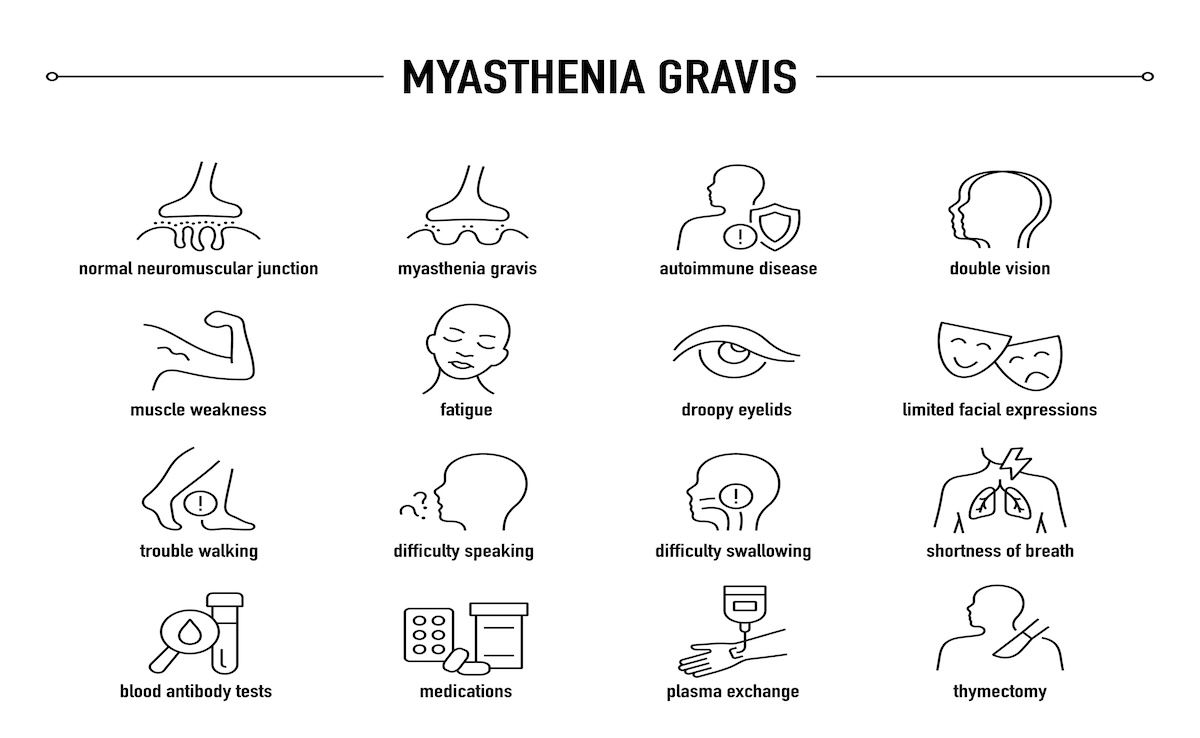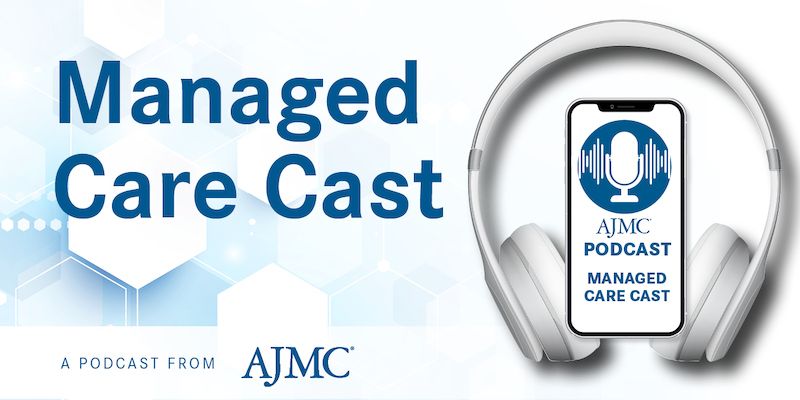News
Article
Behavioral Coaching in Cardiac Rehab Shows Limited Impact Without Strong Patient Engagement
Author(s):
Key Takeaways
- The MACRO trial found no significant improvement in physical function or CR attendance with behavioral coaching compared with usual care.
- Personalized coaching interventions included goal setting, progress tracking, and shared decision-making, yet CR participation remained low.
MACRO trial researchers said adapting to the COVID-19 pandemic mid-trial may have undercut the efficacy of the intervention, but it still showed promise.
A behavioral coaching program designed to support older adults’ participation in cardiac rehabilitation (CR) did not significantly improve physical function or increase CR attendance compared with usual care, according to new results from the Modified Application of Cardiac Rehabilitation for Older Adults (MACRO) trial.1
Presented at the American College of Cardiology 2025 Annual Scientific Session (ACC.25), the multicenter, pragmatic, randomized controlled trial enrolled 350 patients aged 70 and older who had been hospitalized for a cardiac event, including coronary artery disease, heart failure, valvular disease, or peripheral artery disease.2 Participants were randomly assigned to receive either usual care or a structured coaching intervention aimed at increasing engagement in CR and improving functional recovery.
Daniel E. Forman, MD. | Image credit: University of Pittsburgh

The coaching intervention included personalized goal setting, progress tracking, and shared decision-making about CR delivery format (site-based, home-based, or hybrid). It also integrated risk assessments across medical, functional, and psychosocial domains to tailor CR to each participant’s needs.
“The thought was to ask participants what their goals of care were, and to link that to cardiac rehab with the intent of making cardiac rehab more patient-centered and motivational,” Daniel E. Forman, MD, professor of medicine at the University of Pittsburgh and lead author of the study, said while presenting the findings at ACC.25.
After 3 months, researchers found no significant difference between the 2 treatment arms regarding the primary outcome of physical function, measured using the Activity Measure for Post-Acute Care Computerized Adaptive Testing (AM-PAC-CAT) Basic Mobility score.1 Changes in total daily activity, which were assessed via wrist-worn accelerometry, and the number of CR sessions attended were also similar between the groups.
Despite the personalized approach, the overall participation in CR remained low. On average, patients attended around 10 CR sessions in each of the groups during the first 3 months post-discharge.2 AM-PAC-CAT Basic Mobility scores improved modestly in both groups by about 5 points on average (standard error, 0.8), but there was no statistically significant difference between groups (P = .54). Other secondary measures, including the Duke Activity Status Index, RAND-12 physical summary scores, and Morley Frailty Scale scores, also failed to show meaningful differences between CR and usual care at 3 months.
While the coaching intervention did not achieve its primary goal, the researchers did observe a dose-response relationship: participants who engaged in more coaching sessions showed greater gains in physical function and activity. Compared with usual care, highly engaged participants who completed 11 to 12 coaching calls showed significantly greater improvements in:
- AM-PAC-CAT Basic Mobility at 3 months (P = .0181)
- AM-PAC-CAT Daily Activity at 3 (P = .0472) and 12 months (P = .0245)
- Duke Activity Status Index at 3 (P = .0499), 6 (P = .0350), and 12 months (P = .0218)
According to Forman, these findings indicate the effectiveness of coaching depends heavily on patient engagement. Importantly, the trial originally began in 2018 and had to stop due to the COVID-19 pandemic. This not only led to moving everything remote, but also the disenrollment of 43 participants, longer times between cardiac event and intervention, and changing the primary end point from Short Physical Performance Battery score to AM-PAC-CAT score.
“By the consensus of all the investigators, [it] would have been easier to achieve some of those responses in person,” Forman said in the presentation. “But because of the COVID mandate, we did everything remotely, which we thought was pretty novel at the time, but it really led to some difficulty in the communication [and] the engagement with the participants.”
He also highlighted the high rates of adverse events (AEs) in the study. More than 70% of participants in both the MACRO and usual care groups reported AEs, and more than 40% reported serious AEs. However, Forman explained that none of this was attributable to the intervention, saying it is rather “just the phenotype of this population.”
The study population had a high burden of multimorbidity, frailty, and social vulnerability. At baseline, 70% of participants had high psychosocial risk, and over 50% had moderate to high medical and functional risk. The study population was predominantly White (88%) and male (69%).
“I think it's very clear to us the coaching did work when it worked,” Forman said. “So how do we really facilitate that in a more robust fashion?”
References
- Forman DE, Rich MW, Peterson LR, Racette SB. Modified application of cardiac rehabilitation for older adults (MACRO). Abstract presented at: ACC.25; March 30, 2025; Chicago, IL.
- Morris P, Levine B, Hummel S, et al. Featured clinical research III. ACC Press Conference. Presented at ACC.25; March 29-31, 2025.

The Importance of Examining and Preventing Atrial Fibrillation




